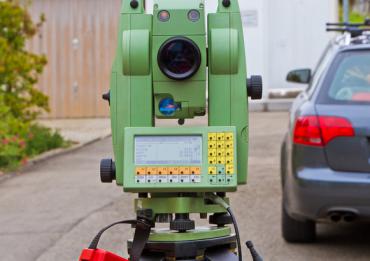The need for protection of populations in the face of chemical attacks (terrorist attacks, industrial accidents) is of increasing importance. The new Seveso 2 directives will require, for sites classified as ‘high’ (more than 600 in France), either the compulsory implementation of effective prevention systems, or the banning of habitations for extensive areas in the vicinity of the sites concerned.
The main aim of the SPECTROGAZ project is to develop a new synchronous multi-spectral spectro-imager technology (simultaneous acquisition of all spectral images), allowing:
– permanent surveillance (24/24) at sites at risk,
– real time detection of dangerous gas leaks (explosive or toxic),
– monitoring of the gas cloud for the purpose of management of the accident.
The instrument envisaged (illustrated in the figure below), could also be mobile and serve, for example, for the protection of military units or populations against chemical attacks or to help security forces working at the scene of transport accidents involving dangerous substances. The application of the concept gives grounds for hoping for significant progress compared to the existing state of the art: improvement of detection performance through the reduction of the time lag between the various spectral images; the possibility of embedding the sensor on a vehicle or aircraft for acquisition in movement; the reduction of the optomechanical complexity, thus reducing size and cost.
In addition, the architectures and technologies developed will be transposable to other spectral bands and other applications, in particular for laboratory instrumentation.
The project team includes a company specialising in remote gas detection (BERTIN Technologies ), an academic laboratory with the facilities for dimensioning and characterising the necessary innovative filter technologies (Institut FRESNEL ) and an SME specialising in the fabrication of the microstructures needed to develop these filters (SILIOS Technologies).
This project, with a duration of 36 months and a budget of 1.9 m euros, was launched in 2011 and has received funding under the joint ministerial fund call for projects (FUI11), with additional funding from local authorities.

